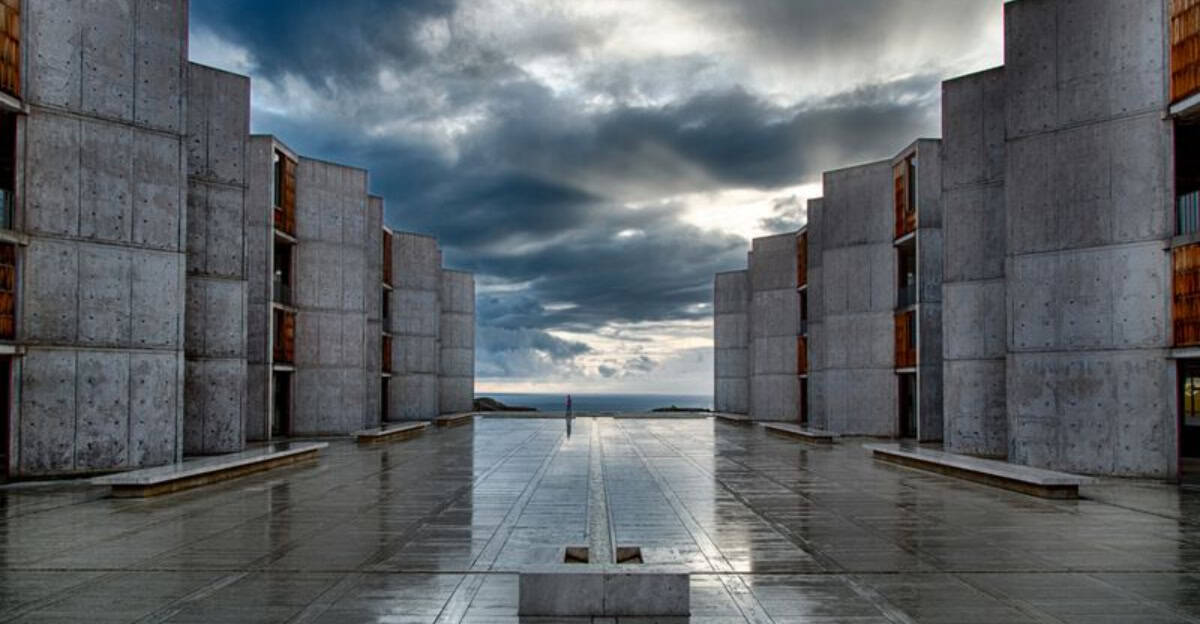Nestled in La Jolla, California, the Salk Institute stands as a monumental testament to the fusion of scientific inquiry and architectural brilliance.
Conceived by Jonas Salk, the visionary behind the polio vaccine, and designed by the legendary architect Louis Kahn, the institute is revered as an architectural masterpiece.
This article delves into 10 captivating details that showcase how the Salk Institute redefined modern architecture.
1. Jonas Salk’s Vision
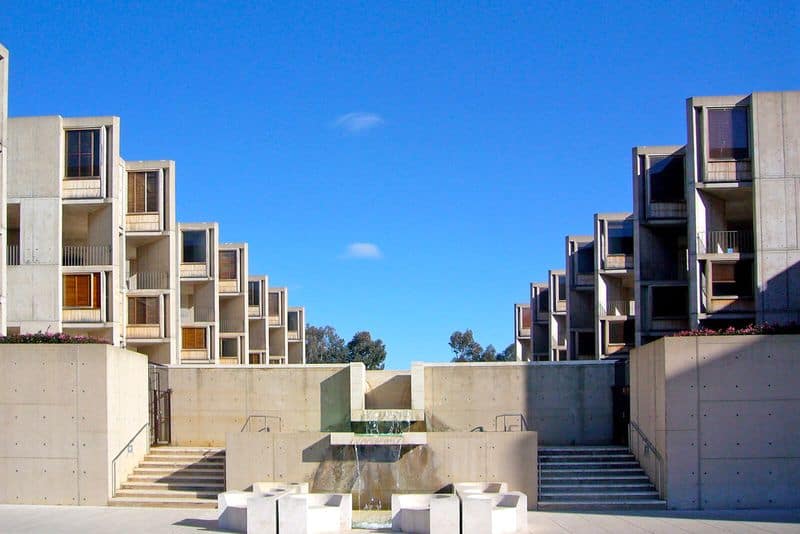
Jonas Salk, at the forefront of medical innovation, envisioned a research center that embodies both function and inspiration.
His aim was to foster collaborative scientific exploration. Salk’s vision was realized through a partnership with architect Louis Kahn, resulting in a space that encourages intellectual synergy.
2. Architectural Brilliance of Louis Kahn
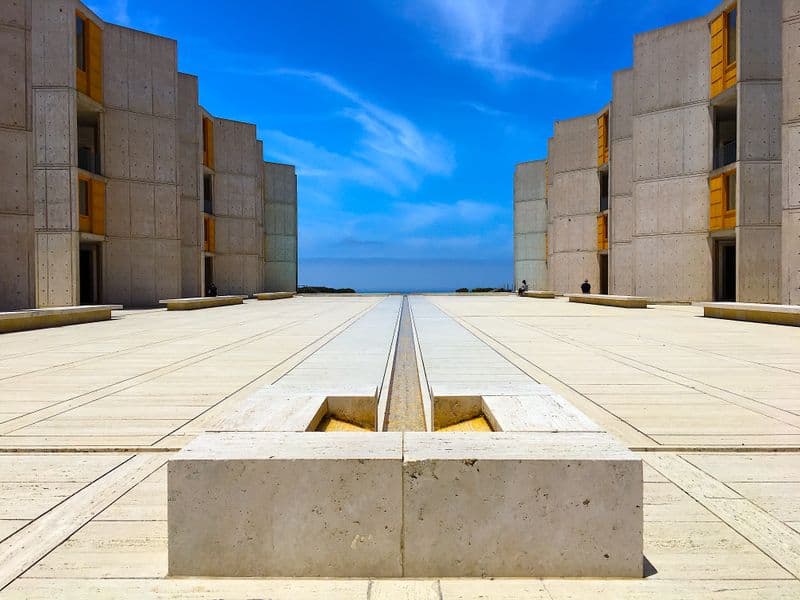
Louis Kahn, renowned for his distinctive style, brought the Salk Institute to life through robust structures and timeless elegance.
His use of concrete and open spaces created a serene environment conducive to research. Kahn’s design emphasizes natural light, fostering creativity and focus.
3. Unique Use of Materials
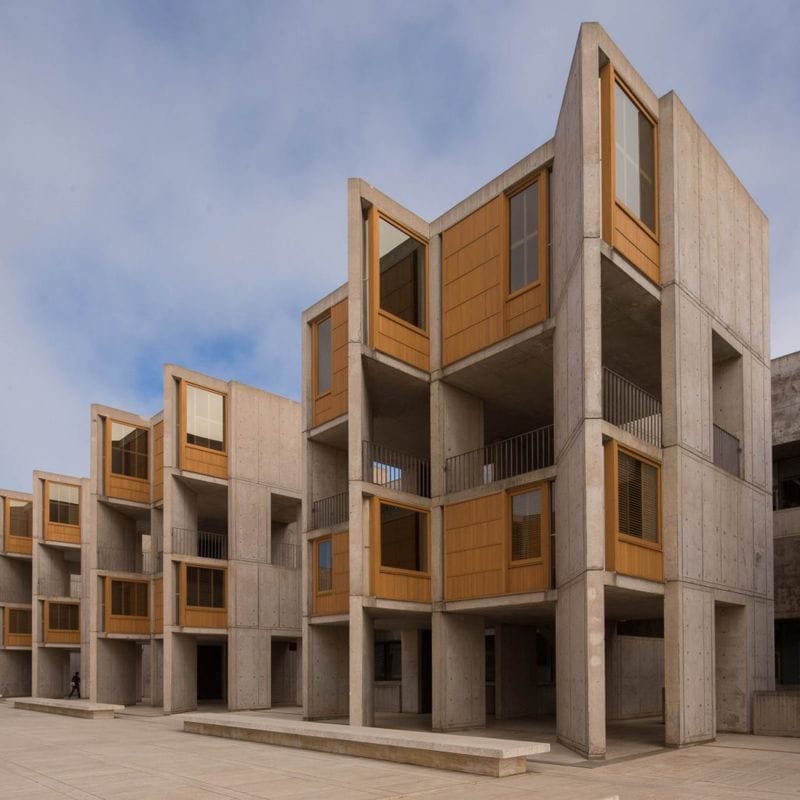
The Salk Institute’s construction involved the innovative use of concrete and teak wood. Concrete provided durability, while teak wood added warmth.
This combination ensured longevity and aesthetic appeal. The materials prioritize functionality without compromising beauty, allowing the structure to age gracefully.
4. Integration with Nature
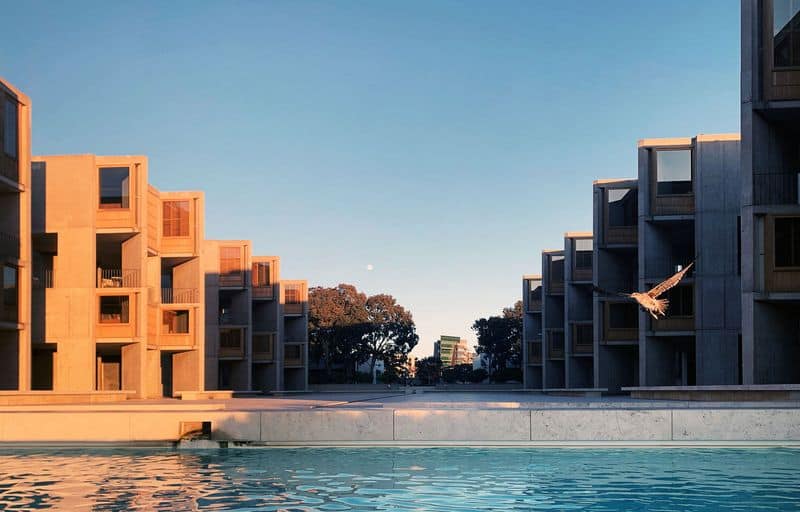
Situated atop cliffs overlooking the Pacific Ocean, the Salk Institute seamlessly integrates with its natural surroundings.
Open courtyards and gardens foster tranquility, inspiring research and reflection. The ocean views serve as a daily reminder of the institute’s commitment to exploring life’s mysteries.
5. Influence on Modern Architecture
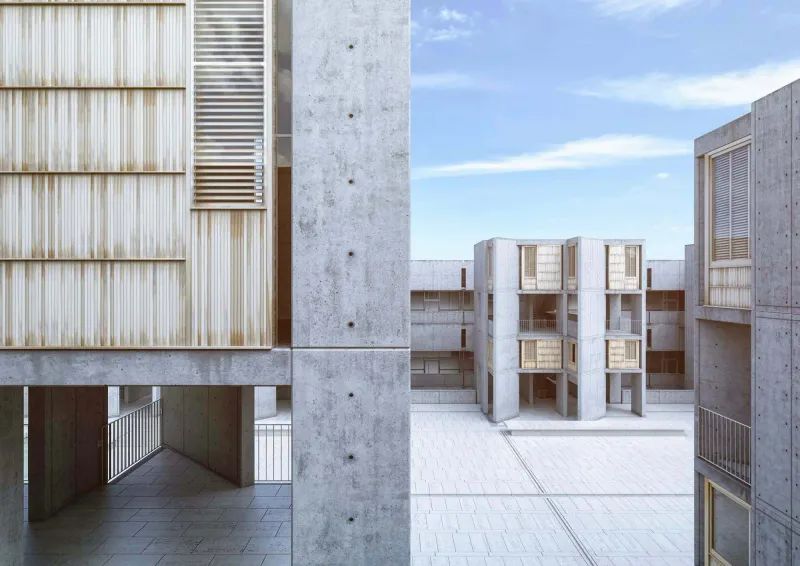
The Salk Institute set a precedent for modern architecture, influencing countless structures worldwide.
Its emphasis on minimalism, functionality, and integration with nature has inspired architects globally. This iconic design continues to shape contemporary architectural thought.
6. Collaboration and Community
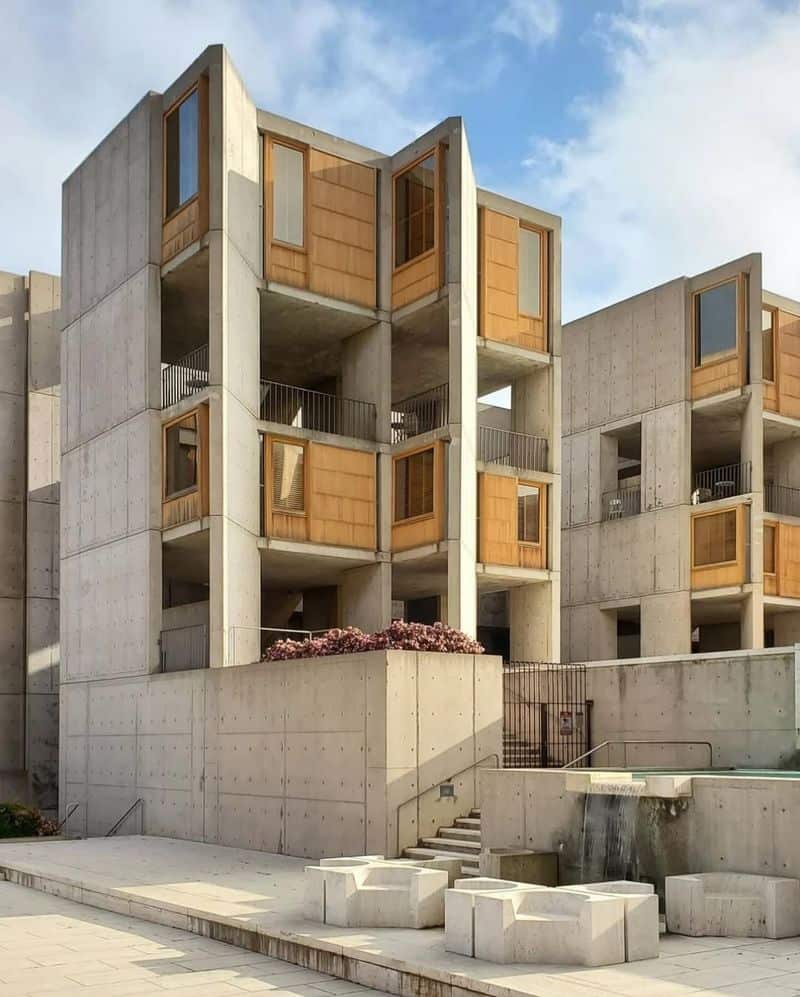
The Salk Institute was designed to foster a sense of community among scientists. Its open layout encourages collaboration and the free exchange of ideas.
Researchers from varying disciplines work together, leading to groundbreaking discoveries.
This spirit of community and shared purpose is integral to the institute’s success and groundbreaking achievements.
7. Sustainable Design Features
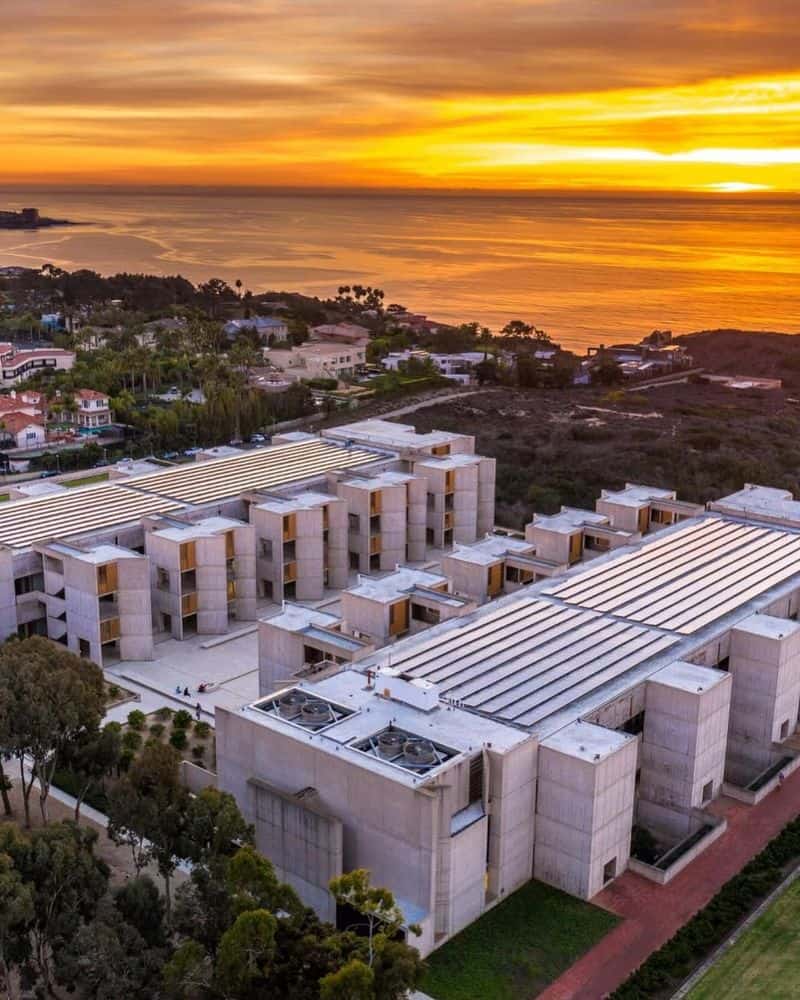
Ahead of its time, the Salk Institute incorporates sustainable design principles.
Innovative energy solutions, including solar panels and efficient water systems, minimize environmental impact.
These initiatives reflect a commitment to eco-conscious practices, ensuring the institute’s operations align with its research ethos of bettering humanity’s future. Sustainability is embedded in its foundation.
8. The Iconic Courtyard
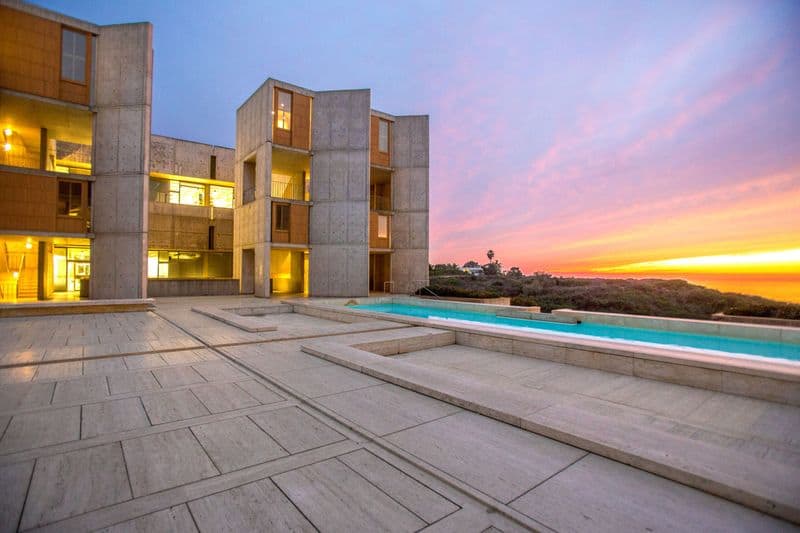
The courtyard is an iconic element of the Salk Institute, featuring a linear water feature that directs the eye towards the horizon.
This design creates a contemplative space, balancing the structure’s robust lines with serene simplicity. It exemplifies Kahn’s ability to craft spaces that invite introspection and inspire creativity.
9. Awards and Recognition
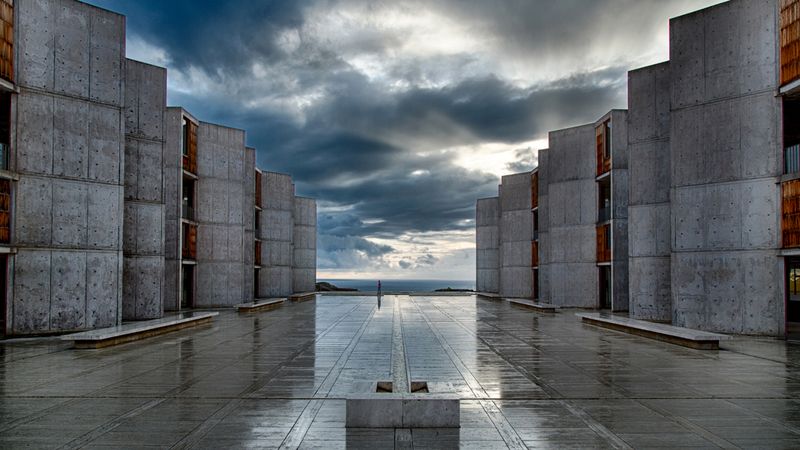
The Salk Institute has received numerous accolades for its architectural innovation. Esteemed awards recognize its unique design and impact on global architecture.
This acclaim highlights the institute’s role in shaping modern architectural philosophies and its enduring influence on future generations.
Recognition affirms its status as a pioneering architectural landmark.
10. Public Engagement and Education
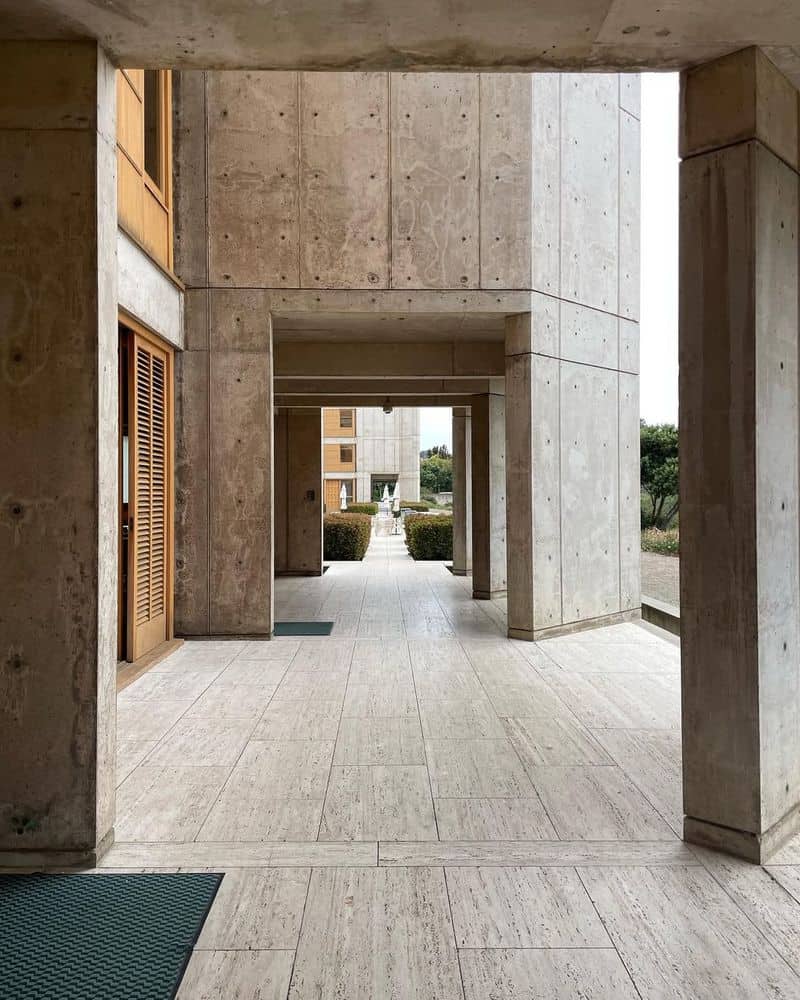
The Salk Institute actively engages with the public through tours and educational programs. Visitors experience its architectural splendor while learning about cutting-edge scientific research.
This outreach fosters a greater understanding of science’s role in society and the importance of architectural excellence.

